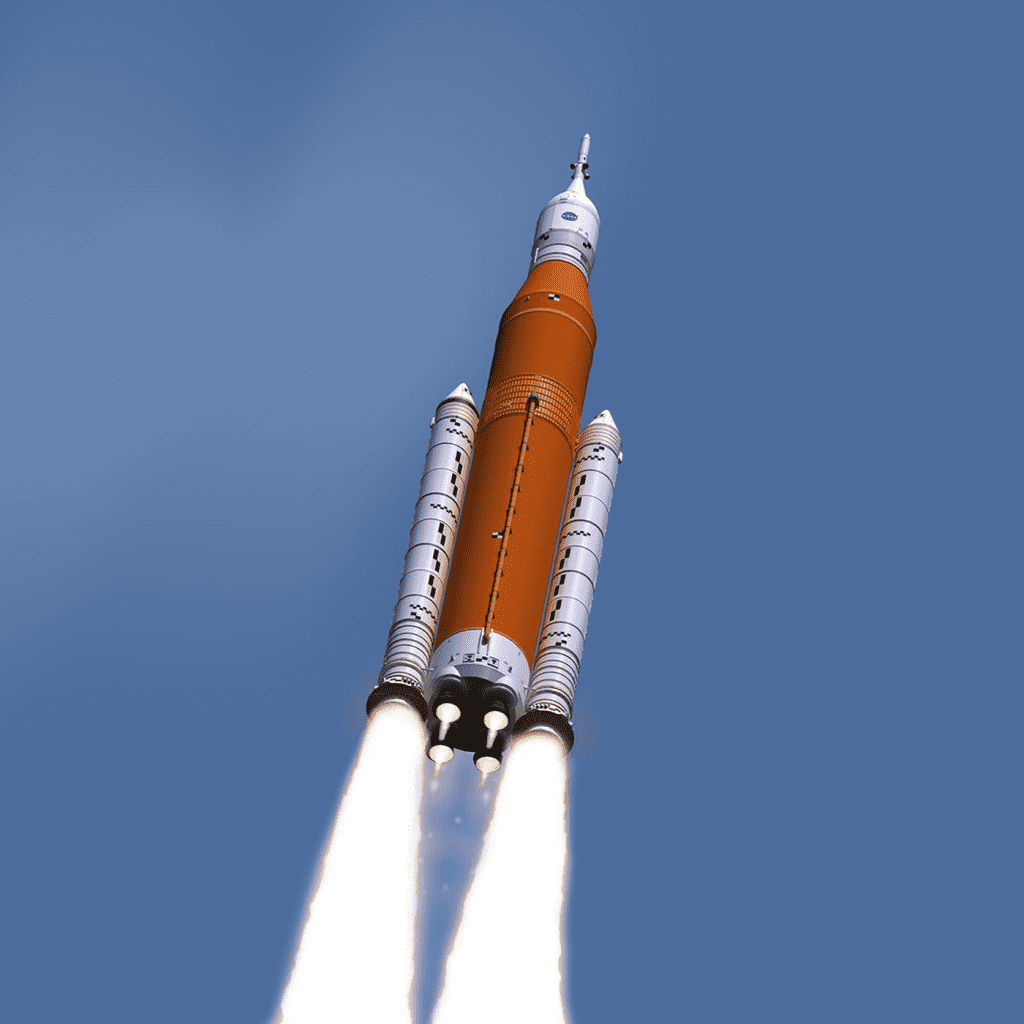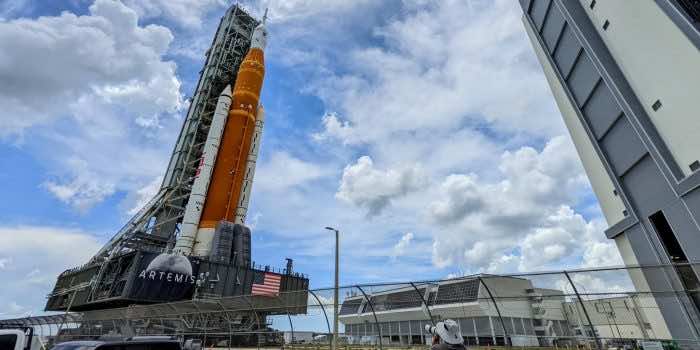NASA’s long-term quest to return to the moon begins after weathering cancellation, renewal, Congressional hearing turmoil, pandemic, and technical delays.
The Artemis 1 flight should take place in about a month. It will launch before entering the moon’s orbit and then return to Earth. In addition to being the inaugural mission of NASA’s newest space flight program, it serves as a crucial test for the Orion command module and the eagerly anticipated Space Launch System (SLS).
“The team is beyond excited,” says Cliff Lanham, an operations manager at NASA’s Kennedy Space Center on Florida’s east coast, where Artemis 1 will launch.
“We still have a few weeks of work to do, so we gotta temper that.”

The launch will take place on August 29, inside a 2-hour window, at 8:33 a.m. EDT (5:33 a.m. PDT). If everything goes according to plan, the mission will last 42 days and return on October 10. Engineers continue to advance through new operations, willing to pick things up as they go and adapt as necessary. The teams have arranged further launches for September 2 and September 5 in case more than one launch attempt is needed.
The hydrogen tail service mast umbilical, which suffered a hydrogen leak during the earlier rehearsals, was successfully reconnected by engineers. Under typical working circumstances, no leaks were found at the Vehicle Assembly Building when the connection was looked at. Following that, technicians will complete additional operations to restore the section to its launch configuration.

Technicians have completed the installation of the rocket’s flight batteries. In addition, engineers installed and tested the core stage flight command receiver decoders and the automatic destruct devices on the solid rocket boosters to prepare the flight termination system.
Moreover, installing thermal protection system blankets on the interim cryogenic propulsion stage and launch vehicle stage adapter is still ongoing. After the upper stage closeout work is completed, crews will conduct flight closeout inspections. It encompasses eliminating access platforms and replacing the ground support equipment coverings on the core stage with flight doors.

In addition, teams are rebuilding the inflatable seal between the mobile launcher’s crew access arm and Orion’s launch abort system, which received minor damage during the wet dress rehearsal tests at Kennedy Space Center’s launch pad 39B. The seal keeps anything from the external world from entering the capsule. Engineers will continue putting the remaining payloads inside the crew module once the seal is restored and tested before returning SLS and Orion to the launch pad.


